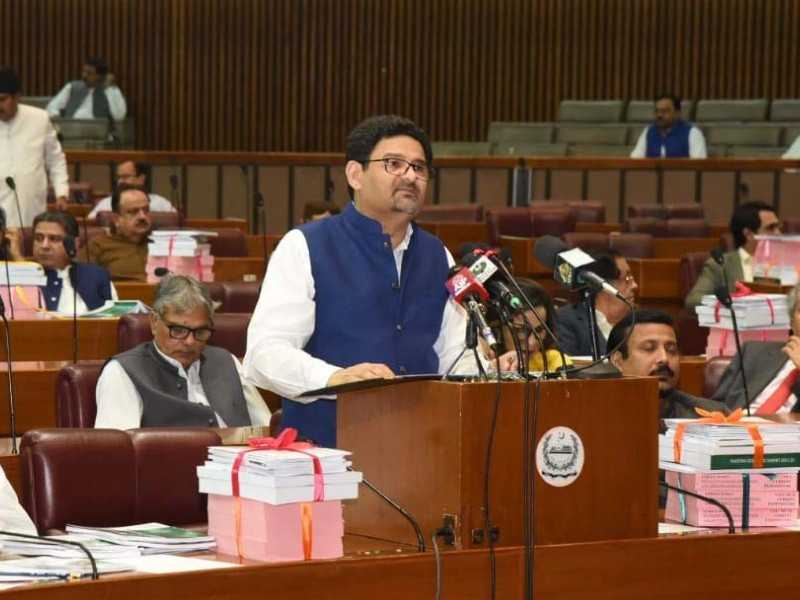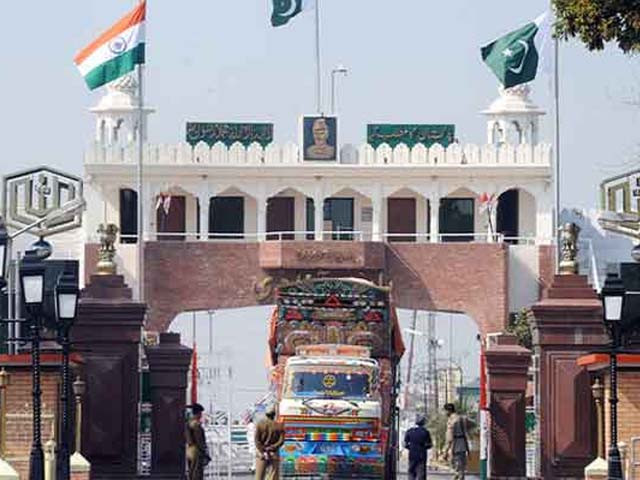
Why political rhetoric is no substitute for Pakistan’s economic reality
Pakistan Tehreek-e-Insaf (PTI) continues to be blamed for the economic turmoil Pakistan finds itself in. The higher echelons of the opposition parties paint such a deplorable picture of the economy that one begins to envision Pakistan as being parallel to African countries like Zimbabwe and Nigeria. But is their contention valid? Do we need to alter the direction our economy is headed in?
Discussions of the current account have been a prevalent theme across the Pakistani media. The government and the opposition partake in a wordy tug of war on the two extremes of the debate. As I wrote earlier, “the sustainability of the current account deficit (CAD) is dependent upon the size, financing, and nature of the deficit. In the case where the deficit serves the purpose of investment, it will not be detrimental because the inflow of capital goods will balance it out in the long run. Such deficits will yield considerable future economic growth allowing the debt to be serviced.”
However, in Pakistan’s case, the CAD burgeoned to a sizable amount at a time when the foreign exchange was plummeting. The scenario demanded a correction by pruning the commoners’ propensity to consume and the downturn in growth became inevitable. In the extant fiscal year, Pakistan posted a surplus of $1.1 billion in the first half against a $2.32 billion deficit in the same period last year. The commentators on both sides of the fence would differently interpret what this transition in status implies, but the eminent indicator in this regard is exports.
The exports are spiralling in Pakistan. A coherent national response in the wake of the pandemic and power relief packages by the incumbents are some of the many reasons which come to mind as a result of this scenario. The exports headed northwards by 4.9% to $12.1 billion in the period July-December as compared to $11.5 billion last year (before Covid-19). The month of December alone demonstrated a spike of 18.3% in export growth with the textile exports reaching record zenith of $1.4 billion. The long-term export trajectory will determine Pakistan’s economic fate. Nevertheless, this is unequivocally a direction which we would not desire to flip.
Pakistan managed to stage an admirable show on another external front, remittances. The expats remitted close to a quarter more back home in the first half of FY 2020-21. The monthly remittances remain above $2 billion while the balance stood at $14.2 billion in the period July-December. At this pace, Pakistan is likely to relish over $5 billion excess foreign exchange by the end of this fiscal year since the remittances were recorded at $23.12 billion in 2019-20.
There can be many reasons for this trigger in remittances. Reiterating my earlier stance on it, “the extraordinary leap can be primarily due to the tightening of informal money markets, which has augmented the inflow through formal banking channels…Pakistanis typically used to carry cash in their luggage physically. But due to flight reduction and sparse international travels, they would have been compelled to access official banking channels for money transfers. Also, remittances might have incremented on account of significant job losses in the Gulf region due to the Covid-related recession.”
Pakistan’s favourable external outlook meant that the rupee remained range-bound. However, unusual behaviour was observed in October and November when the rupee appreciated against the USD regularly for several days owing to ameliorated external flows of State Bank and USD’s depreciation due to Donald Trump’s ouster from the presidency. This can be deduced because the rupee went down against the GBP and Euro at the same time.
The economic team forecasted a 2.1% GDP growth in 2020-21, but this figure looks conservative at the halfway stage. Pakistan has witnessed a 7.4% expansion in the LSM output in the first five months of the fiscal year. In case the trend continues, double-digit growth in the LSM outputs would be on the cards. This alone will contribute at least 1% to economic growth. According to experts, agriculture and services are anticipated to grow at 2.5-3% each. This will drive growth of 1.5% and 0.5% even in the worst case. This means that the GDP is likely to grow at over 3% considering a positive growth in SMEs (non-LSM) as well. Hence, a revision in the growth estimates is predicted to occur in the forthcoming months.
What PTI must ensure at this crossroads is a sustainable solution to supply-side food inflation. The merits of a transition to an absolute free market in case of food commodities may be mulled upon to weather the food inflation storm.




COMMENTS (2)
Indian occupied Kashmir was a game played by the British to ensure that trouble would continue in their former colony. At some point India has to understand that it can t hold the people of the region hostage indefinitely with 750 000 soldiers. In the modern age no people can be kept in a prison forever. When there are so many poor living destitute on the streets and when your average Indian has no access to toilets does it make sense to spend money on keeping people in Indian occupied Kashmir hostage
Pakistan look at India beyond Kashmir. There is more to India than Pakistan can see. Pakistan can grow faster with better ties with India.
Comments are moderated and generally will be posted if they are on-topic and not abusive.
For more information, please see our Comments FAQ